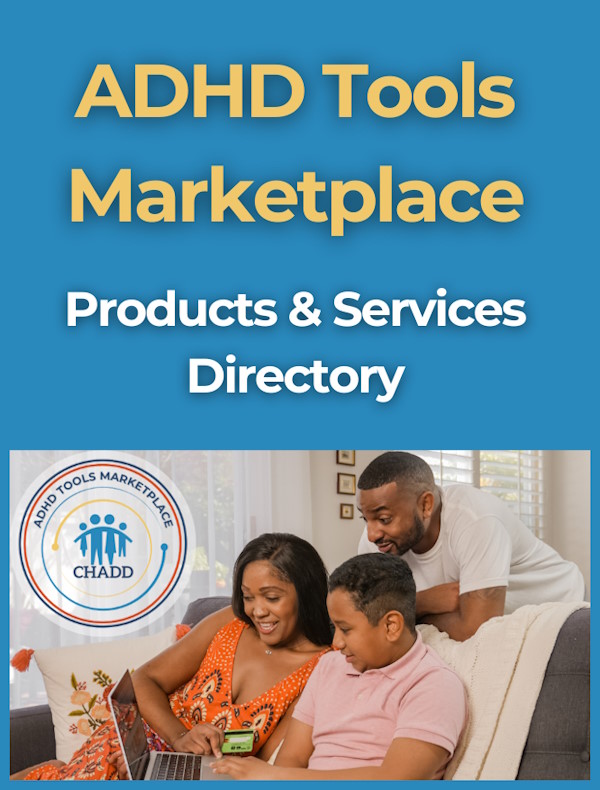ADHD in the News 2025-04-24
April 24, 2025Youth anxiety and depression rates rose steadily from 2016 to 2022, survey finds
Millions of American kids have an ADHD diagnosis. Are they being treated effectively?
FDA announces measures to out petroleum-based food dyes
ViewADHD Weekly, April 17, 2025
April 16, 2025Could a Body Double Help You Increase Your Productivity?
When Balancing Social Media Use Becomes a Challenge
View
Attention Magazine
Recognized for its excellence, CHADD’s bimonthly magazine is rich in practical information, clinical insights, and evidence-based strategies for managing ADHD.
LEARN MORE












